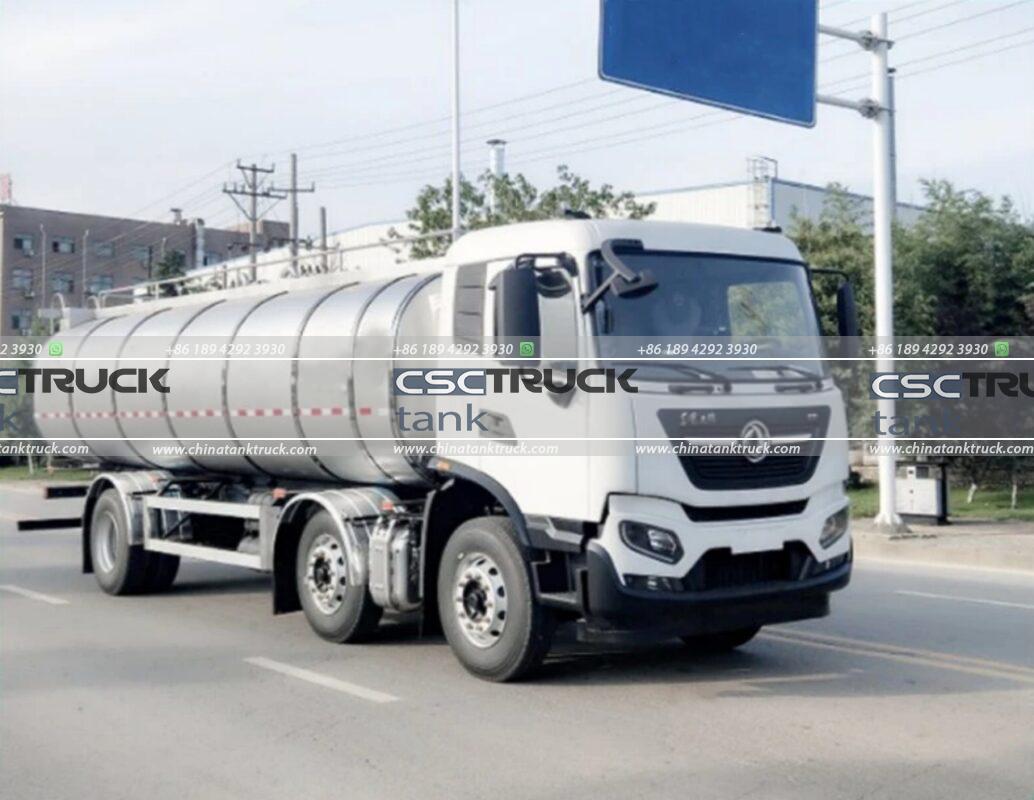How are Milk Tankers Made?
Milk tankers play a crucial role in the dairy industry, ensuring that fresh milk is transported from farms to processing facilities hygienically and efficiently. These specialized vehicles are engineered with a high level of precision to maintain the quality and safety of milk during transport. The process of making milk tankers involves several key stages, from the selection of materials to the final assembly. In this article, we will explore the detailed steps involved in the manufacturing of milk tankers.
1. Design and Engineering
The production of milk tankers begins with an extensive design and engineering phase. During this stage, engineers consider several factors such as the volume of milk the tanker will carry, the terrain it will navigate, and the specific needs of the dairy industry. Computer-aided design (CAD) software is typically used to create detailed models of the tanker. These designs are crucial in determining the dimensions, weight distribution, and materials needed.
Key aspects considered during the design phase include:
– Capacity: Milk tankers come in various sizes, typically ranging from 3,000 to 12,000 gallons. The size is determined by the intended use, with larger tankers used for long-distance transport and smaller ones for local routes.
– Insulation: To maintain the milk at the required temperature during transport, the tankers are designed with effective insulation. Engineers calculate the thickness and type of insulation material needed to prevent temperature fluctuations.
– Hygiene: The interior of the tanker must be designed to be easily cleaned and sanitized. This involves choosing materials that are resistant to bacteria and can withstand regular cleaning.
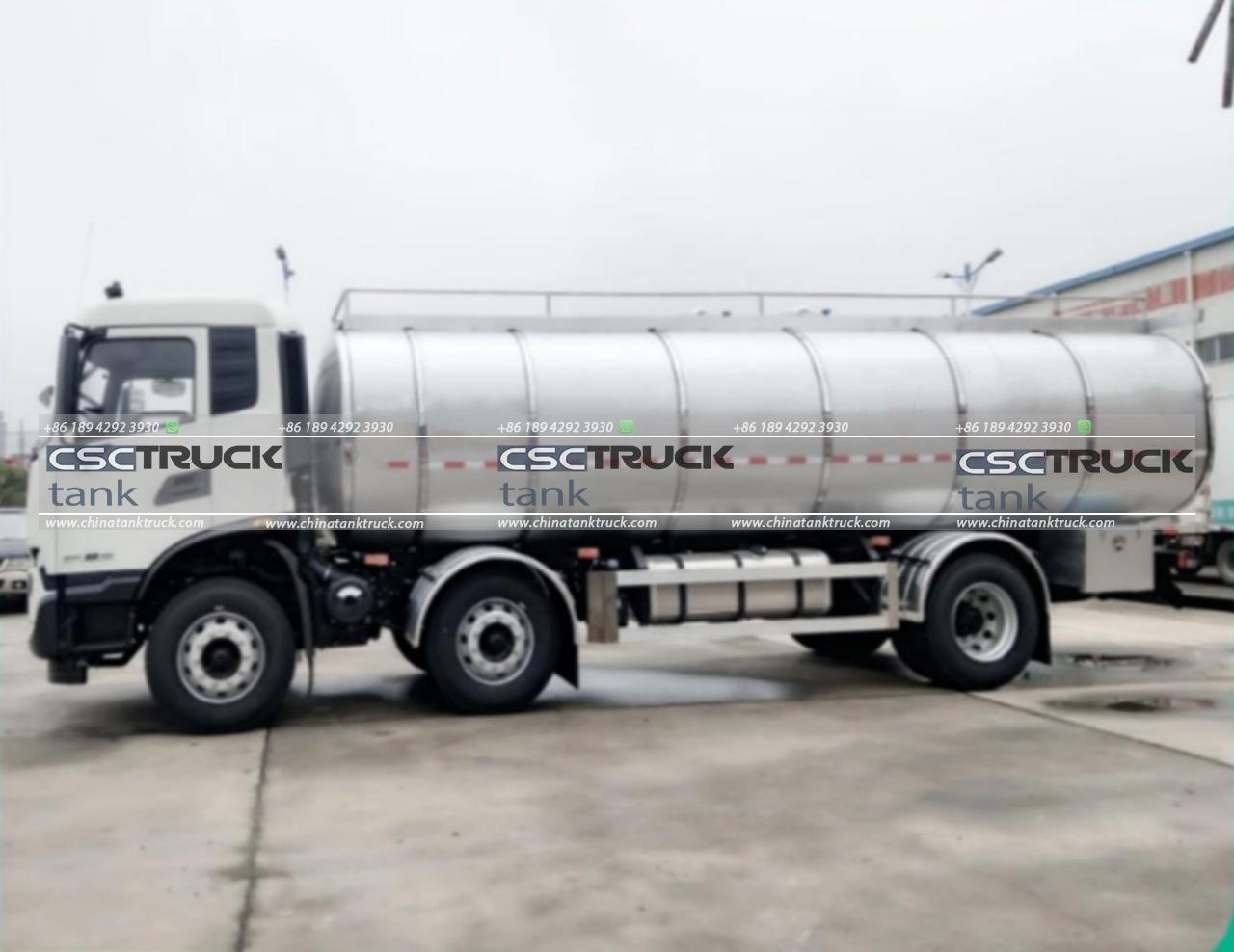
2. Material Selection
Once the design is finalized, the next step is the selection of materials. The materials used in the construction of milk tankers must meet strict standards to ensure the safety and quality of the milk.
– Stainless Steel: The interior of the milk tanker is typically made from food-grade stainless steel. This material is chosen for its corrosion resistance, durability, and ease of cleaning. Stainless steel is also non-reactive, which ensures that the milk’s quality is not compromised during transport.
– Insulation Material: Between the inner stainless steel tank and the outer shell, insulation material is used to maintain the milk at a consistent temperature. Common insulation materials include polyurethane foam, which has excellent thermal properties.
– Aluminum or Stainless Steel Shell: The outer shell of the tanker is usually made from aluminum or stainless steel. Aluminum is often preferred for its lighter weight, which helps reduce fuel consumption. However, stainless steel is used in cases where additional durability is required.
3. Fabrication of the Tank
With the materials selected, the next stage is the fabrication of the tank. This process involves several steps:
– Cutting and Shaping: Large sheets of stainless steel are cut into the required shapes using laser cutting machines. These sheets are then rolled and welded to form the cylindrical shape of the tank.
– Welding: The seams of the tank are welded together to ensure they are airtight and watertight. This process is critical as it ensures that no contaminants can enter the tank and that the milk remains in a sterile environment.
– Surface Treatment: After welding, the interior of the tank is polished to a smooth finish. This is important as it prevents milk residues from sticking to the surface, making cleaning easier. The exterior may also undergo surface treatments such as brushing or polishing for aesthetic and protective purposes.
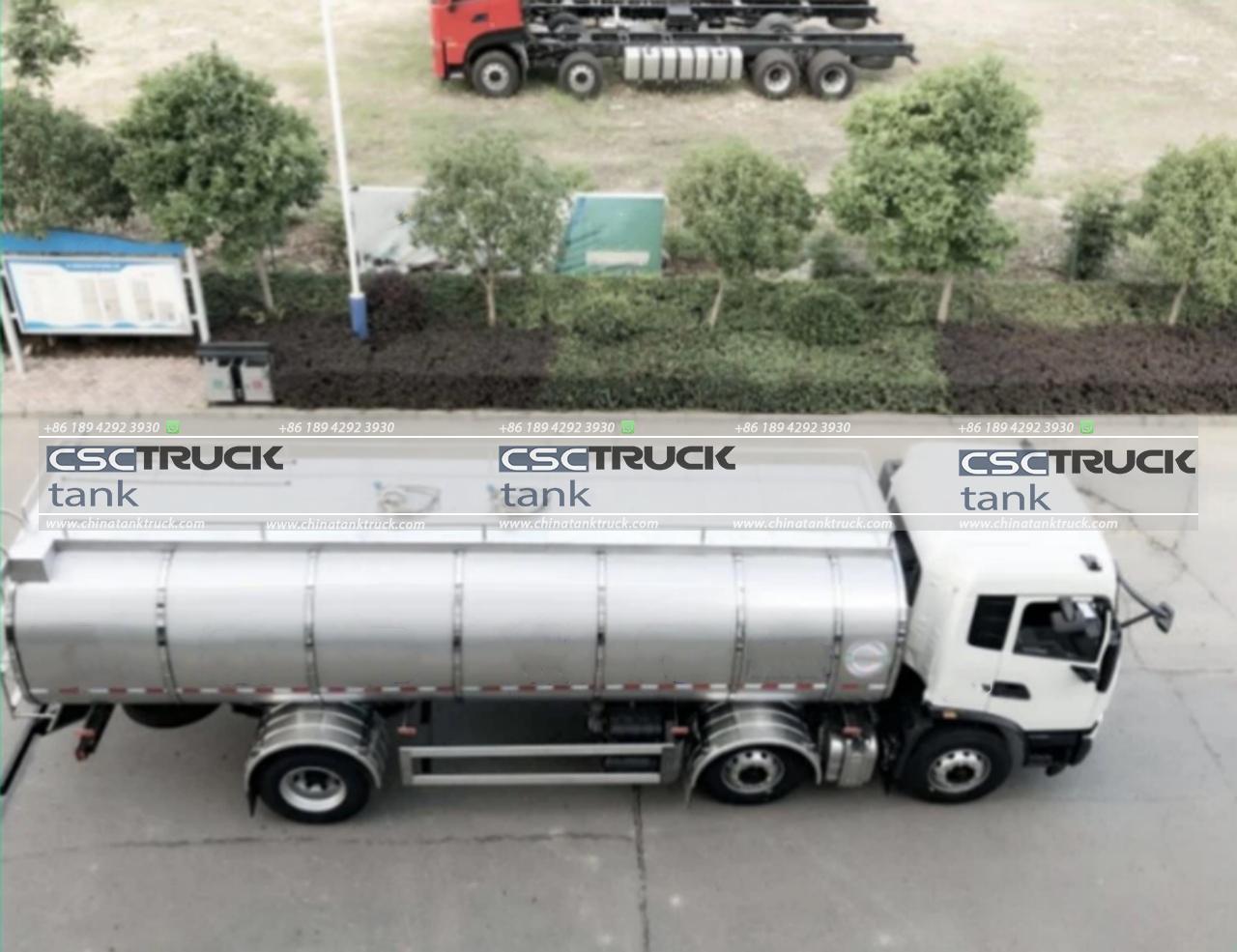
4. Insulation and Outer Shell
Once the inner tank is fabricated, the insulation and outer shell are added.
– Insulation Application: The insulation material is applied around the inner tank. This is usually done in layers, with each layer being carefully measured to ensure the correct thickness is achieved. The insulation is crucial for maintaining the milk at a consistent temperature during transport, typically around 4°C (39°F).
– Outer Shell Assembly: After the insulation is in place, the outer shell of the tanker is assembled. This shell protects the insulation and the inner tank from external elements. The outer shell is welded together and attached to the tanker’s frame.
5. Fittings and Accessories
Milk tankers require various fittings and accessories to ensure they function correctly. These include:
– Valves and Piping: The tanker is fitted with valves and piping to facilitate the loading and unloading of milk. These components are also made from stainless steel to maintain hygiene standards. The design of the piping is such that it minimizes the risk of contamination and makes cleaning easy.
– Temperature Monitoring Systems: Many modern milk tankers are equipped with temperature monitoring systems that provide real-time data on the temperature inside the tank. This ensures that the milk is maintained at the correct temperature throughout the journey.
– Hatches and Manholes: These are installed on the top of the tanker to allow for inspection and cleaning. They are designed to seal tightly to prevent contaminants from entering the tank.
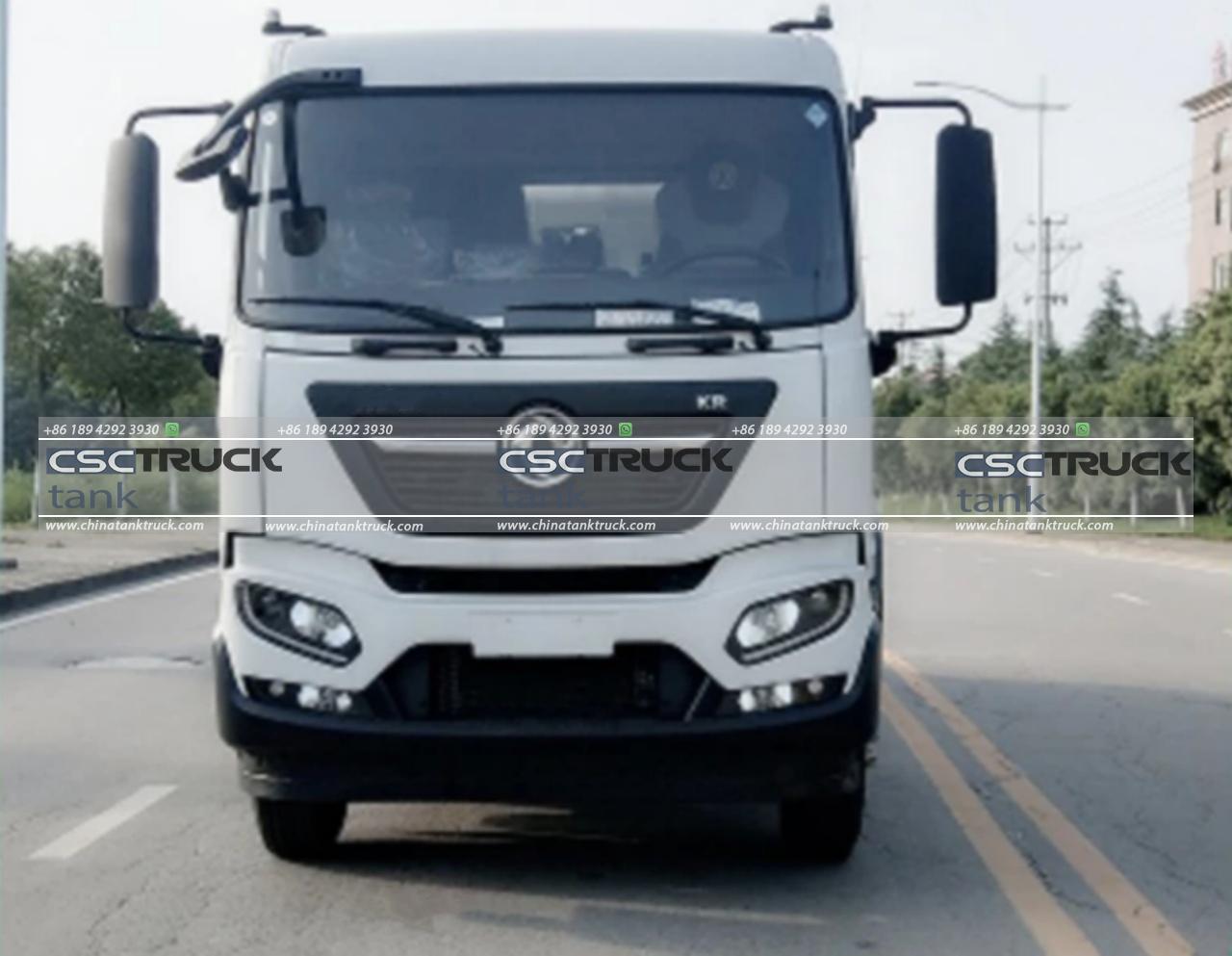
6. Chassis and Suspension
The tanker is mounted onto a chassis, which is typically custom-built to support the weight of the filled tank. The chassis must be robust enough to handle the weight of the milk, which is quite substantial, especially for larger tankers.
– Suspension System: A high-quality suspension system is crucial for milk tankers as it helps to reduce the impact of road vibrations on the milk, which can cause agitation and spoilage. Air suspension systems are commonly used for this purpose, providing a smoother ride.
– Axles and Wheels: The axles and wheels are selected based on the tanker’s size and weight capacity. They are designed to handle the heavy loads and provide stability during transport.
7. Final Assembly and Testing
Once all components are in place, the milk tanker undergoes final assembly. This involves:
– Assembling the Tanker on the Chassis: The tank is securely mounted onto the chassis, and all fittings and accessories are connected.
– Electrical and Hydraulic Systems: The electrical systems for lighting, temperature monitoring, and other controls are installed. Hydraulic systems for operating valves and other components are also fitted.
– Leak Testing: The tanker is filled with water, and pressure tests are conducted to check for any leaks. This is a critical step to ensure that the tanker is completely sealed and that no milk will be lost during transport.
– Cleaning and Sterilization: Before the tanker is delivered to the customer, it is thoroughly cleaned and sterilized to remove any contaminants.
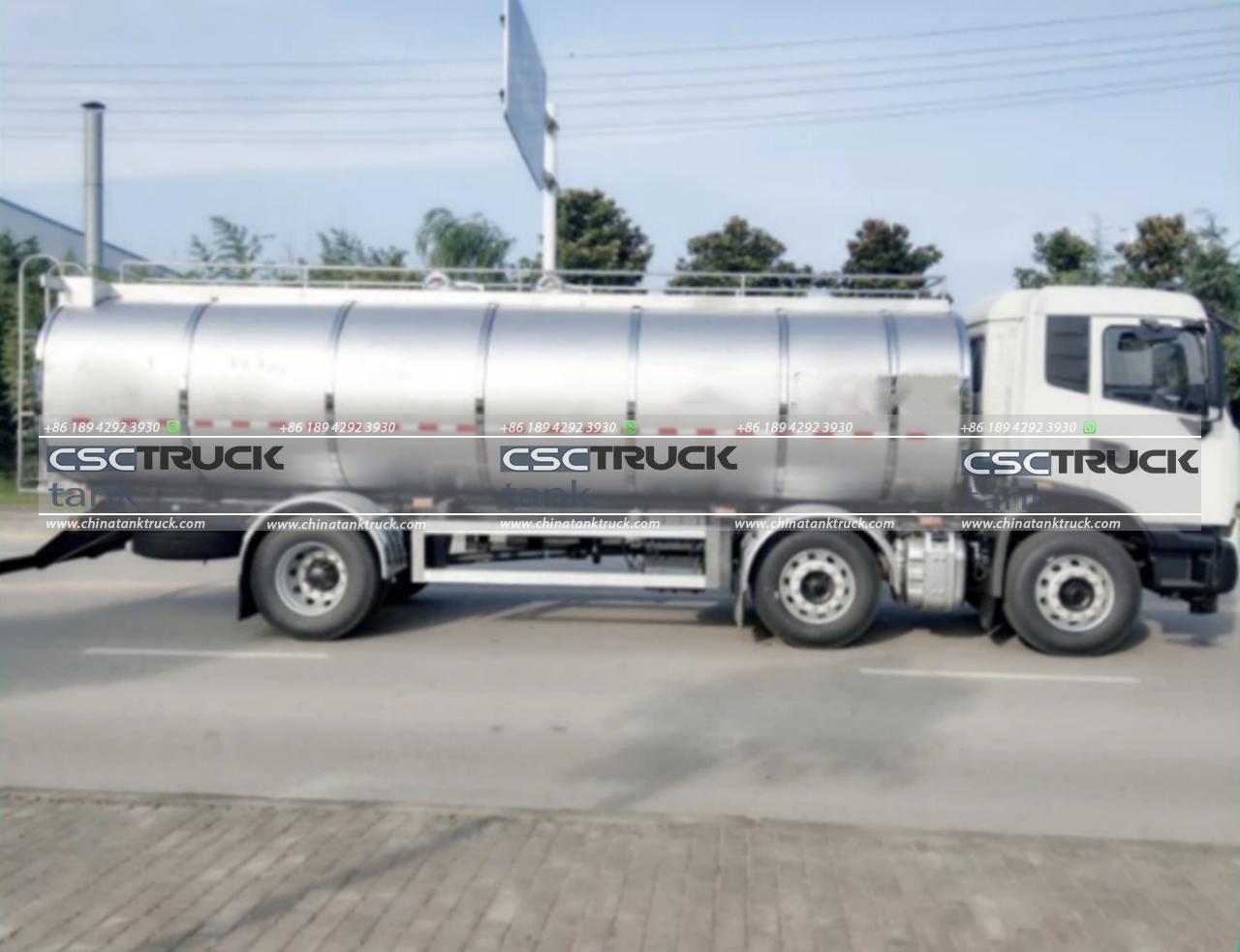
8. Quality Control and Certification
After assembly, the milk tanker undergoes rigorous quality control checks. These checks ensure that the tanker meets all safety and hygiene standards. The tanker must pass several tests, including:
– Temperature Retention Test: This test ensures that the tanker can maintain the milk at the required temperature for an extended period.
– Durability Test: The tanker is subjected to stress tests to ensure that it can withstand the rigors of daily use.
– Hygiene Certification: The tanker must meet strict hygiene standards set by regulatory bodies. It is inspected to ensure that all surfaces are smooth and free of contaminants.
9. Delivery and Commissioning
Once the milk tanker has passed all quality control tests, it is ready for delivery. The tanker is transported to the customer, where it is commissioned and tested on-site. This may involve further training for the operators on how to use and maintain the tanker.
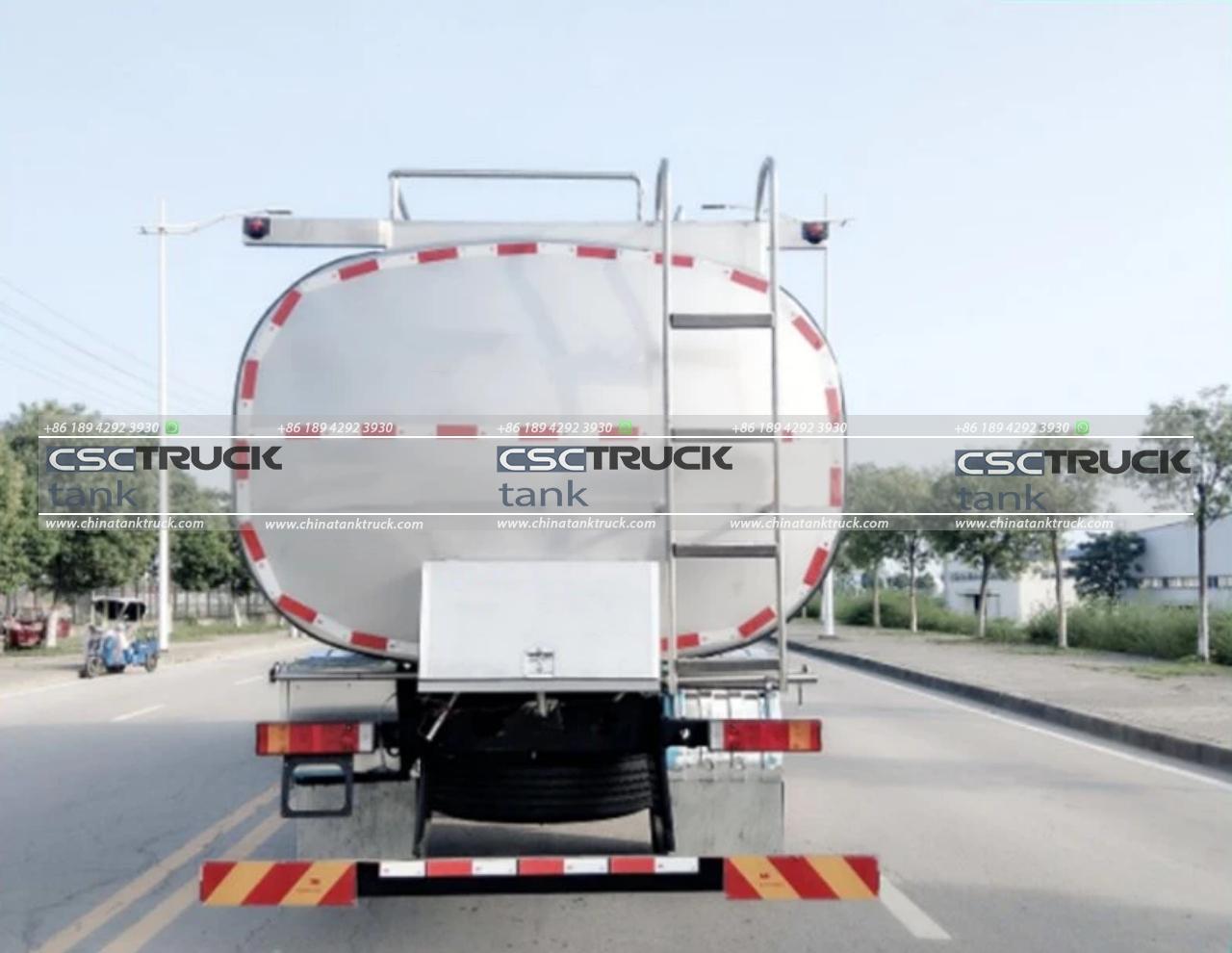
Conclusion
The process of making milk tankers is complex and requires precision at every stage. From design and material selection to final assembly and testing, each step is crucial in ensuring that the milk remains safe and fresh during transport. By maintaining high standards of quality and hygiene, manufacturers of milk tankers play a vital role in supporting the dairy industry and ensuring that consumers receive fresh, high-quality milk.

